Sean CoughlanRoyal correspondent

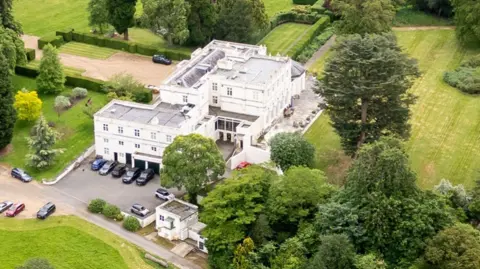 Shutterstock
Shutterstock
A document has emerged, which the BBC has seen, showing the lease agreement between Prince Andrew and the Crown Estate for his Windsor home Royal Lodge.
The controversy around his connection to sex offender Jeffrey Epstein, which has seen him give up titles including the Duke of York, has thrown the spotlight on his living arrangements and how he is able to fund them despite not being a working royal.
With Prince Andrew mired in scandal, it's a terrible look for the Royal Family to have him living among them in apparent splendour in the Grade II listed building.
His deal on the 30-room mansion means he has only ever paid a token annual rent - and even that might not be required under the terms of his lease.
That is because the arrangement with the Crown Estate landlords struck in 2003 meant that, instead of paying annual rent, Prince Andrew made large lump sum payments up-front, including for renovations.
In effect, those payments meant he was buying himself out of future rent obligations for the duration of the 75-year lease.
In information separately published by the National Audit Office, Prince Andrew had to pay for £5 million worth of repairs, £2.5 million for the option of buying out future rent and a further £1 million premium to the Crown Estate.
The rent is described as a "peppercorn", which means a small sum such as £1, which can be paid every year on a long lease, as part of a legal arrangement between a tenant and the landlord.
It's not about making a profit but is a symbolic payment, in this case from Prince Andrew to the Crown Estate, the independent property company that owns Royal Lodge, which boasts a gardener's cottage, a Chapel Lodge, six-bedroom cottage and security accommodation.
There might now be questions about where Andrew got the funds in 2003 to effectively pay more than £8 million for a lease for life, an up-front payment arrangement that helps to explain how he can currently afford to live there, given he does not have to make a monthly payment.
The deal was based on a notional rent of £260,000 per year, which meant his initial payments represented about 33 years of rent up to 2036, with the years of the lease after that being effectively at no cost.
And the NAO said the refurbishments went on to cost Andrew more than £7.5m, rather than the initial £5m anticipated by the deal.

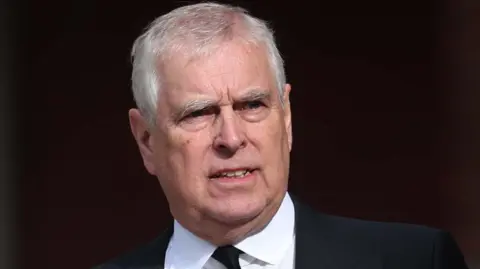 EPA
EPA
It's been no secret that Buckingham Palace has wanted to see him move out of such a grand setting, but it's also recognised that he has a cast-iron lease, independently held.
More than 20 years ago, when Prince Andrew was a less controversial figure, the deal on Royal Lodge was seen as financially better for the taxpayer than using the house as a "grace and favour" residence, where someone might live without any commercial payment.
The property at the time, once occupied by the Queen Mother, had been rundown and in need of modernisation, and getting Prince Andrew to pay for the building work was seen as a way of avoiding any public expense.
And because of security concerns about the house's location on the Windsor estate, the Crown Estate was keener to keep a cash-paying royal there, when it could have been difficult to put on the open market.
An NAO report said the arrangement met the Crown Estate's obligation to provide "value for money" and that it had been "money's worth".
The King last year ended any financial support for his brother - and it still remains unclear how Andrew pays for costs such as security and the requirement to pay for the upkeep.
The lease shows he does have to keep paying for the upkeep of the house, ensuring the exterior stonework is in good condition every five years and painting the interior every seven years.
He has to "paint, paper, polish, decorate" to keep the house in good condition and to keep the landscaped grounds and gardens in good order. Prince Andrew, as the tenant, also has to allow his landlords to inspect and make sure he is keeping to the terms of the lease.
Other details revealed in the lease include clauses specifying that no helicopters are able to land there, and no gambling is allowed on the premises.
The arrangement by which he paid cash up-front rather than monthly rent, and his agreement to carry out substantial repairs, also explains why he will be reluctant to give up his place in Royal Lodge, which he shares with his ex-wife Sarah Ferguson.
Part of the deal was that if he left early in the lease he could reclaim some of the money that he had paid up-front, with that amount tapering down over time, until that guarantee ended entirely after 25 years. The longer he stayed there, the less he would get back if he gave up the lease.
It's now more than 22 years since he signed the lease and so the amount he would get back has kept falling. At the current rate, it's about £186,000 for each remaining year until 2028.
The lease is due to end in June 2078, beyond his expected lifetime, and the arrangement also includes the clause that his ex-wife and daughters Princess Beatrice and Princess Eugenie could continue with it.
On Tuesday, Number 10 said it was up to the NAO whether to re-examine Prince Andrew's lease arrangements for the building.
Dame Meg Hillier, chairwoman of the Commons treasury committee, said "we need to have answers" to ensure taxpayers' money was not being misspent.
Shadow justice secretary Robert Jenrick had earlier said: "It's about time Prince Andrew took himself off to live in private and make his own way in life."
While Liberal Democrat Cabinet Office spokeswoman Lisa Smart said Andrew "should show some contrition by returning every penny of rent that he's not paid while disgracing his office".


.png)
 1 month ago
13
1 month ago
13
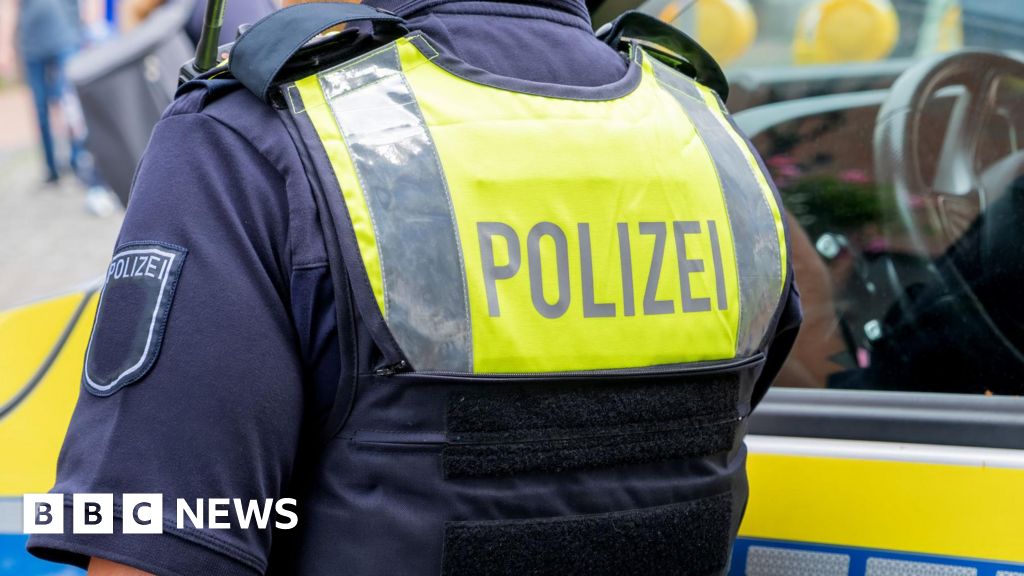



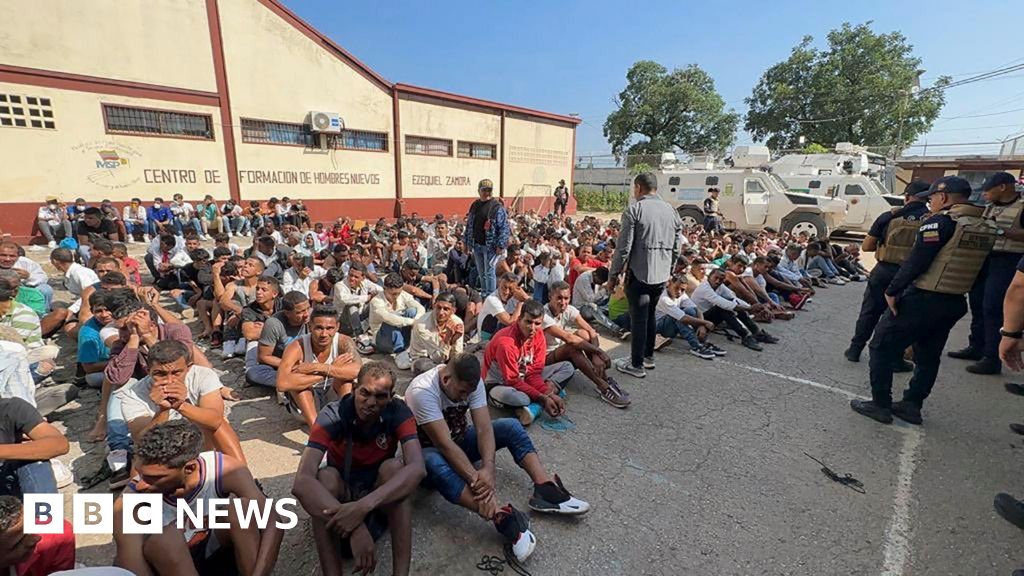

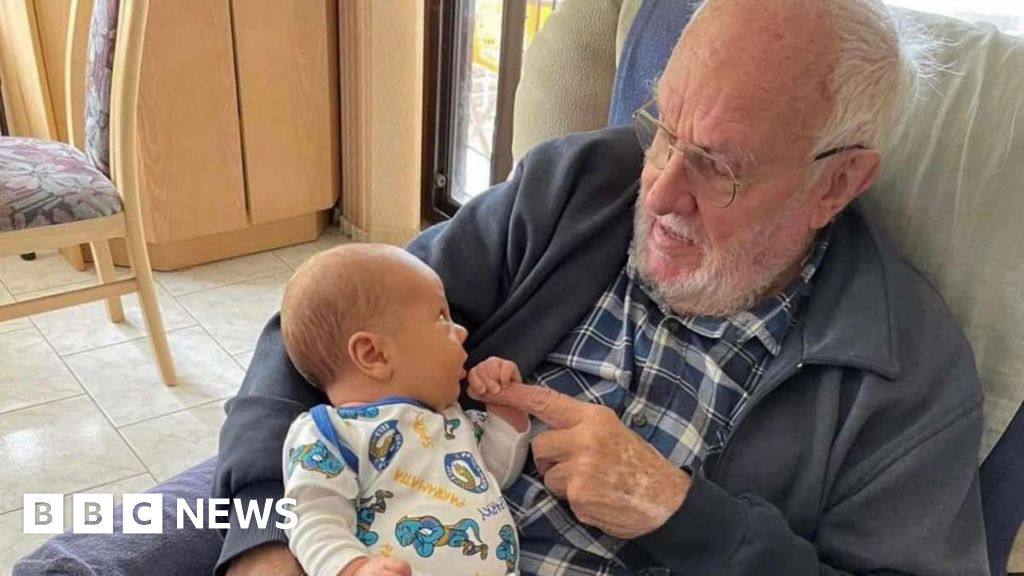

 English (US) ·
English (US) ·